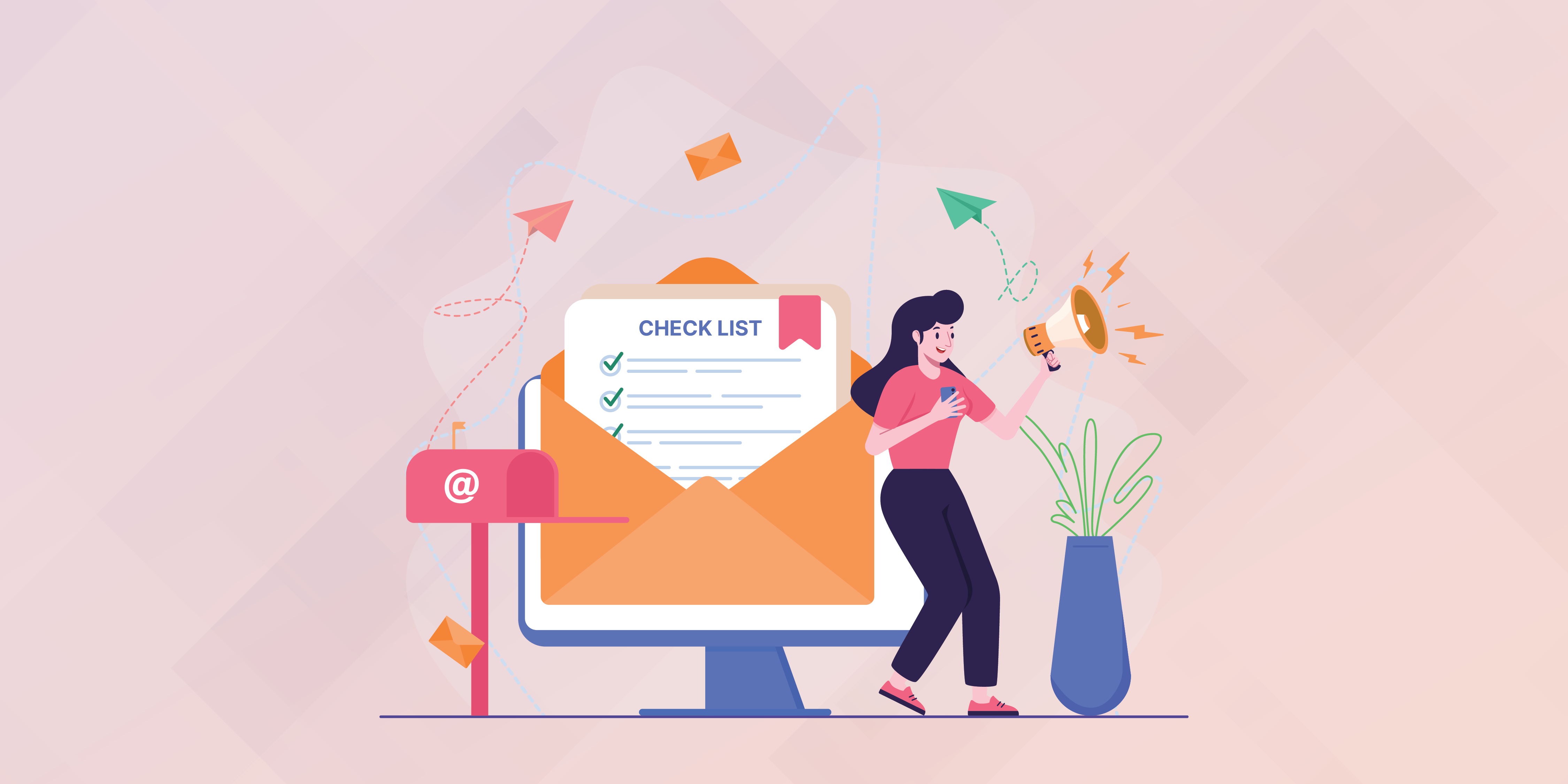
A squeeze page is a landing page created with the main purpose of converting visitors into email subscribers.
The way this works is by offering something of value to people in exchange for their email address. This is often a bribe or a lead magnet that promises to teach them how to get rid of a problem or achieve a certain goal.
If you want to build your email list, you need to be using squeeze pages as they are the most effective way to do so.
In this blog post, I’m going to show you all the steps that you need to take to create a squeeze page for your business.
This is the single most important element that will determine the success of your squeeze page.
You might have the ugliest page with the worst copy, but if your offer is really good, then people will convert.
At the same time you might have a really good design with well-written copy, but if your offer is not good, nothing is going to convince people to opt-in.
To create a great offer you need to do the following:
Identify your target audience – you can’t create an amazing offer if you don’t know who you’re targeting in the first place. That’s why your first step is to identify your target audience.
You should know their age, gender, location, occupation, appearance, interests, hobbies, behaviors and any other identifying treats (married, in a relationship, children, etc.).
For example:
John is 45 years old, married with two kids and lives in Ohio. He’s working in a bank, wears suits all day, goes straight home after work and rarely goes out. He doesn’t work out and he’s starting to gain weight.
He wants to travel more often but he rarely has the chance to do so with his job. He never takes vacation days because he’s afraid that the company will realize they don’t need him and he will lose his job.
The more you know about your target audience, the easier it will be for you to identify their core desires and understand what they want to achieve and why.
Identify the core desire of your audience – people desire two things – to get rid of their problems and to achieve their goals.
That’s why you should spend time identifying the biggest problems and goals that your target audience has.
For example: John wants to quit his job and start an online business that will allow him to quit his job, support his family and travel more often (goals).
However, he doesn’t know where to start. He has heard that an eCommerce business is easy to start but he doesn’t know what to sell, what niche to pick, how to drive traffic to his site, how to convert people to buyers, etc. (problems).
In this case, the core desire for John is to learn how to build an online business so he can have the freedom to do everything he wants.
Offer a solution for one of their problems – make a list of all the problems that your target audience has that are stopping them from achieving their primary objective.
Then offer a solution for one of them. This is your core offer for which you’re going to develop a squeeze page.
For example: you can teach John how to find a profitable niche for his eCommerce site.
Keep in mind that you can develop a separate squeeze page for every problem your target audience has. This will allow you to generate more leads.
So you can have other ones covering:
You can’t really build a squeeze page without having a lead magnet to offer to your subscribers.
That’s why you should take the time to create your bribe first before going any further.
Here’s how to do that:
How to name your lead magnet – the way you name your lead magnet is the single most important element that’s going to drive your conversions up and down on your squeeze page.
That’s why it’s worth spending the extra time to work on this title.
Luckily, trade magazines have already done the research and have found which headlines tend to grab the most attention and cause people to want to read.
Feel free to use one of the following formats for naming your lead magnet:
Choose the right format – even though this is not as important as the title of your magnet, you should choose the best possible format that will help you communicate your message effectively.
The most common formats to choose from are:
The format that you choose should be based on:
Check out our blog posts:
Here are the most common squeeze page types you can choose from:
Basic squeeze page – most often the simplest squeeze pages convert the best. This one below created by Ryan Deiss converts at an amazing 60.34%.

The reason for this is very simple.
When you have a great offer for your audience that you’re giving away for free, you don’t need to do too much convincing for the people to want to opt-in.
In fact, too many details included on the page might decrease conversion rates because they might distract people and draw their attention away from the call-to-action.
The most basic squeeze pages have only the following elements:
Everything else is removed from the page so it doesn’t distract the visitor from the main goal – to opt-in and take advantage of the offer.
It is ideal when you’re driving traffic from Facebook ads, other pages from your website or affiliates.
Long-form squeeze page – the long-form squeeze page looks like an old-fashioned sales letter or a sales page. The difference is that instead of selling you a product or a service, it is offering you a free bribe in exchange for your opt-in.
Basic and video squeeze pages usually convert better, but there are certain situations when they’re not the best fit.
For example: because of the lack of text, you won’t be able to rank them in organic search and they probably won’t be approved by Google Adwords.
That’s why in these situations you would want to use long-form squeeze pages.
A great example is this page created by Natalia Kern that offers women tips on how to lose body fat.

You can see that above the fold looks exactly like a basic squeeze page with a cover, headline, sub-headline and big call-to-action button.
That way people can subscribe without the need to scroll down and read the rest.
At the same time, search engines like Google can get additional information about what is on the page, which will allow you to get it approved in AdWords.
Video squeeze page – it is similar to the basic squeeze page; the difference is that there is an educational video on the page.

The video can help you build demand for your offer and the products or services you’re going to sell later.
At the same time, the video format makes your content more easily consumable and gets more attention.
Webinar squeeze page – this is the page that you create that allows people to register for your webinar.
This is a great example by Teaching English Online that offers a free webinar that teaches people how to learn English faster.

You will recognize the following elements of the page:
Not found 404 squeeze page – unfortunately, for one reason or another, most websites have broken pages.
People will click on a link and when they land on the page, they find that it no longer exists. They get an error 404 – page not found.
In this case, most visitors will simply leave your site and you probably won’t hear from them again. But why not use this opportunity to offer them something valuable in exchange for an opt-in.
This is why you should setup a special squeeze page that you can set up as your 404 error page.

The page above has the following elements:
The final step is to build your actual squeeze page.
Choose a landing page platform builder – if you don’t want to design and code every single squeeze page you create, you will need to use a landing page builder.
For that, you can use the landing page builder of MailMunch. It allows you to build squeeze pages from scratch using easy drag and drop functionality.
With it, you can easily add elements to the page such as text, buttons, images, forms and even custom HTML code.
Other landing page platforms you can use are:
Check out this comprehensive Clickfunnels review, if you’re interested in learning more.
Choose a template – most landing page platforms offer free ready templates you can use to setup your landing pages.
That way you don’t have to start from scratch and you can build your page in just a few minutes. All you need to do is change images and copy.
Upload your lead magnet – if your lead magnet is a pdf, you will need to upload it on your website or CDN.
Here’s how to upload a file on your hosting, depending on your provider:
After you upload it, you will need to get the link to your file. It is usually structured like this:
Domainname.com/filename.pdf
For example: mailmunch.co/grow-email-list.pdf.
Copy this link because you will need to put it into your autoresponder.
If your lead magnet is a video, you will need to upload it either on YouTube, Vimeo or Wistia.
For more information, check out:
After you upload your video, you need to get a link and embed it on a landing page. That landing page right now is your lead magnet you can send to people after they opt-in.
For webinars, you will need to use a service like WebinarJam that allows you to broadcast live and recorded webinars to thousands of attendees.
Here’s a quick guide on how to get started with WebinarJam.
Setup your autoresponder – you can also set up your autoresponders with MailMunch.
To do that, click on the autoresponder tab and in the dashboard:

Then select New Email:

Next, you should fill out the fields for the subject and the sender’s name. Be sure to select “send this email immediately after user subscribes.”

That way your lead magnet will be delivered with an email immediately after people opt-in for your offer.
The next step will be to write the content of your email where you need to include a link to your lead magnet.
For more advanced autoresponders, you can use tools like:
The key to having a great squeeze page is having a great offer.
Remember that it is all about your target audience. You must understand their goals and focus on solving one particular problem with a lead magnet.
For each problem, you can create separate offers and squeeze pages. That will allow you to target your audience from different angles. As a result, you will generate more email subscribers.
Do you currently use squeeze pages to grow your email list? What has been your experience so far? Share in the comments below.
Tags:

M. Usama
April 19, 2024

M. Usama
April 19, 2024

M. Usama
April 18, 2024